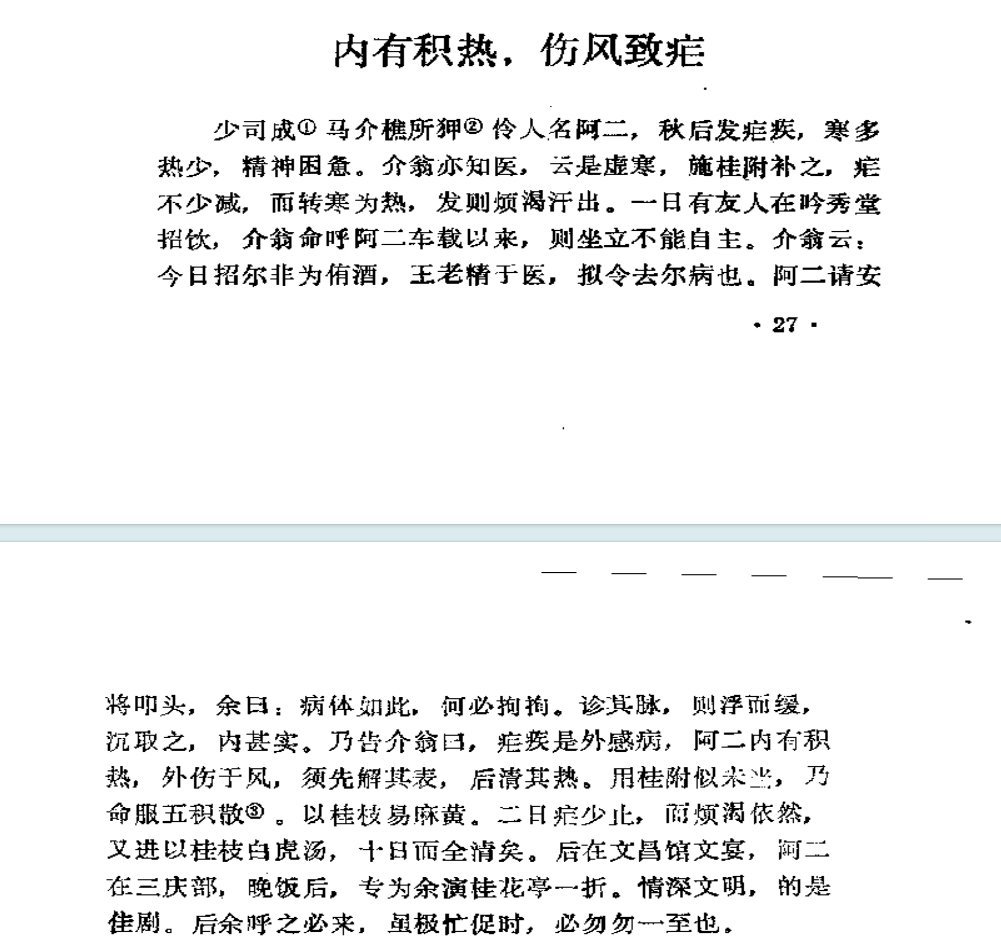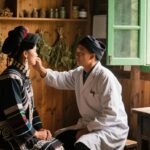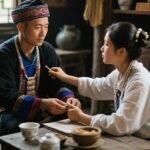In the cultural circles of 19th-century Beijing, a story unfolded between Ma Jieqiao, an official from the Ministry of Rites (responsible for state rituals), and a renowned opera performer named A’Er:
As autumn arrived, A’Er contracted malaria with distinct symptoms: frequent chills (“excessive cold” in traditional Chinese medicine terminology) accompanied by rare fever episodes, leaving him severely debilitated. Ma, who possessed some medical knowledge, diagnosed this as “deficiency-cold syndrome” (yang energy depletion) and prescribed warming herbs like cinnamon (rougui) and aconite (fuzi). Surprisingly, the condition worsened, transforming into heat syndrome with thirst, restlessness, and night sweats.
During a banquet at Yinxiu Hall (a prominent restaurant), Ma arranged for A’Er’s transportation despite the performer’s extreme weakness. “We’re not here for entertainment,” Ma explained as A’Er struggled to sit upright, “but to consult Dr. Wang, our esteemed physician.”
Medical Consultation:
Pulse diagnosis revealed a “superficial-slow” quality (floating pulse upon light touch) transitioning to “excess-heat” sensation with deeper pressure
Dr. Wang’s analysis: “Malaria represents external pathogen invasion. A’Er’s case combines internal heat accumulation with wind-cold exposure. Previous warming herbs aggravated the condition against the ‘first-expel-exterior, then-clear-interior’ (used in traditional contexts) principle.”
Treatment Protocol:
Modified Wuji San (Five Accumulations Powder):
Original formula: 15 herbs including Chinese angelica (danggui), licorice (gancao), and atractylodes (cangzhu)
Adaptation: Replaced strong diaphoretic ephedra (mahuang) with milder cinnamon twigs (guizhi)
After 2 days: Reduced malaria frequency but persistent thirst
Switched to Guizhi Baitang (Cinnamon and Gypsum Decoction) – classical heat-clearing formula
Full recovery within 10 days
Cultural Epilogue:
At Wenchang Hall (scholars’ gathering place), A’Er of the celebrated Sanqing Opera Troupe performed an exclusive scene from Osmanthus Pavilion for Dr. Wang post-banquet. This kunqu opera masterpiece, depicting scholar-beauty romance, was delivered with such emotional authenticity that it became legendary. Subsequently, A’Er maintained ritualistic respect, always making time for Dr. Wang despite his star performer’s schedule.



Leave a Reply